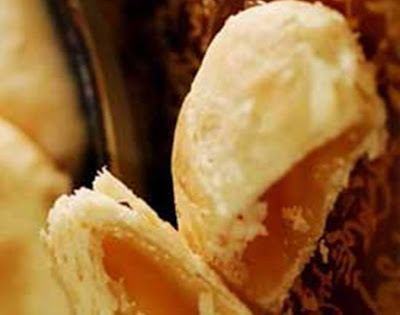How to Cook Radish Omelet (Chaibo Neng) –there are many ways how to make dishes out of eggs and vegetables. Also there are many kinds of omelet I have tried to cook from simple ones using meat to tricky recipes using unusual ingredients. This time, I am going to share with you this Taiwanese Chaibo Neng or what we call Radish Omelet in English. This simple cooking tutorial is not tricky at all. Of course we are going to use eggs because it is not gonna be called by that name if it does not have eggs in it. And also, obviously we are going to use radish that will serve not only as an extender but also to give better taste to it. By using this recipe I am going to share with you, you can come up with better idea or make a new version of yours to share with your friends and relatives. Here is how to cook Radish Omelet (Chaibo Neng):
INGREDIENTS
½ lb salted radish
2 tablespoon oil
4 eggs (whisked)
1 head of garlic (minced)
2 tablespoon green onions (chopped)
Banana ketchup
COOKING PROCEDURE
1. Wash the radish with running water. Drain by squeezing to remove excess water.
2. Chop the radish and squeeze again to make sure the water is barely present in the radish.
3. In a pan, heat oil and saute garlic until golden brown.
4. Add the radish and stir-fry until almost cooked (about 2 minutes.)
5. Remove from the pan and let rest to cool down a bit.
6. In a bowl, combine whisked eggs with the radish, mix well.
7. In the same pan, add oil and heat.
8. Pour the eggs mixture and fry until brownish then flip to cook the other side.
9. Transfer in a serving plate and scatter spring onions.
10. Serve with banana ketchup.
HOW TO COOK RADISH OMELET (CHAIBO NENG)












